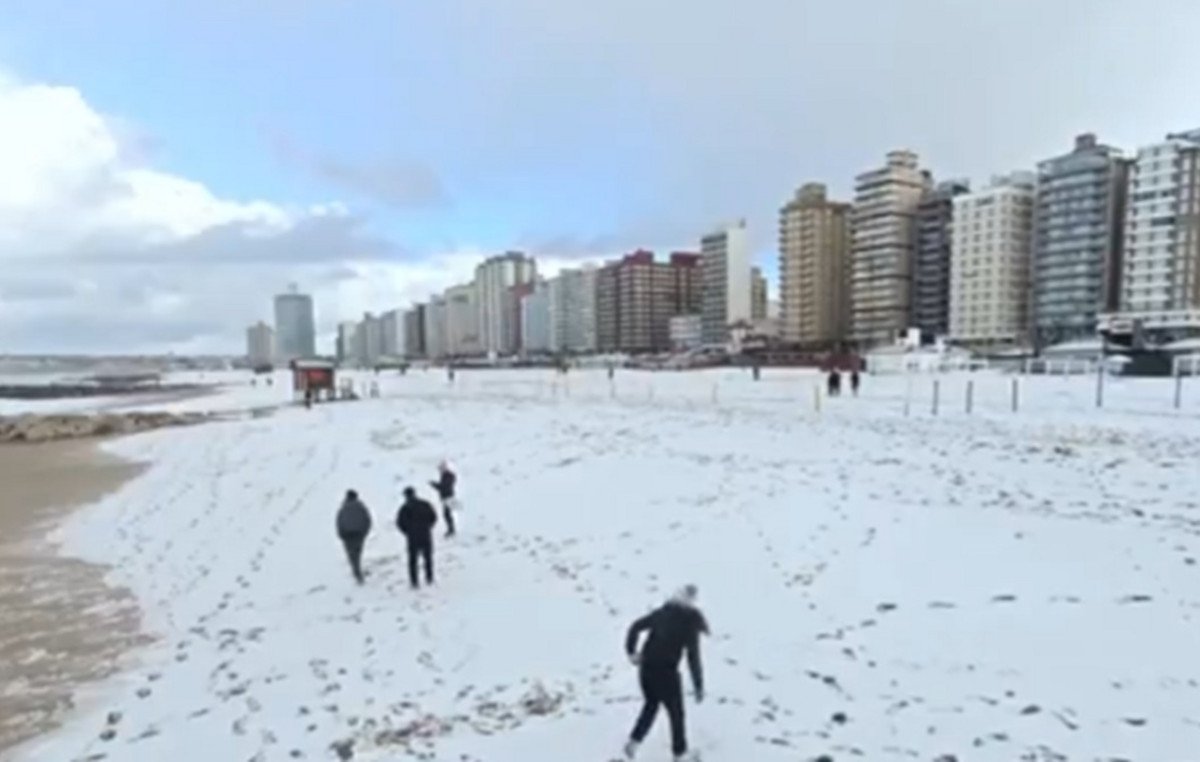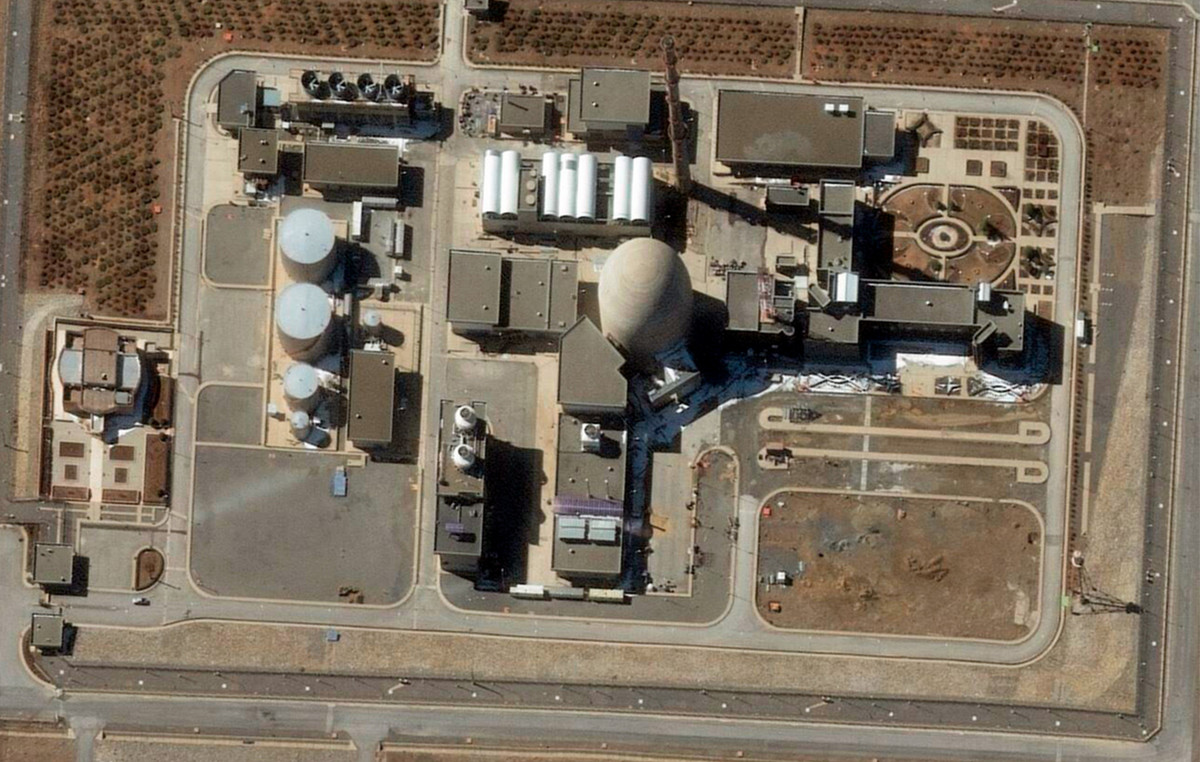Three frightened children are sitting on the roof of a mosque in Baghlan province in northern Afghanistan, blinking away the mud that covers their entire bodies.
Beside them, a rescuer lowers the children's younger brother, 2-year-old Arian, with a sheet tied around his waist, which was used to pull him from the raging waters below.
“Bring his mother to hold him and warm him,” says the rescuer in the video.
In recent days, at least 300 people have died in floods in 18 districts in at least three provinces in northern Afghanistan, according to the United Nations World Food Program (WFP). Another 200 people were injured.
Videos show flows of water and mud dragging mud houses and people, who struggle trying to survive, while others watch, helplessly, from higher ground.
The rescued children, aged 3, 5 and 6, were among eight siblings who were at home with their parents in Folo in Baghlan's Bulka district when the floods occurred.
Their uncle, Barakatullah, who is the son of the local school principal, told CNN that something ominous seemed to be brewing late last week when a strong wind swept through the district and surrounding areas, shrouding everything in darkness.
“The visibility was so low that we couldn’t even see each other,” he reported.
Then, the rain began to fall gently during Friday (10), something unusual for the inhabitants of the area, who say that it does not rain that often in this mountainous region, where around 10 thousand people live.
As the rain got heavier, suddenly the situation “got dire.”

“People fled to higher ground, seeking refuge in the mountains and hills. Unfortunately, some who were unable to leave their homes were victims of the floods”, he pondered.
Aerial photos show belongings piled in plastic bags on rooftops. Furthermore, it is possible to see women forced to cover their entire bodies even in times of disaster.
“The women who were rescued are forced to wear mud-soaked clothes, and even children as young as 2 to 3 months old are dressed in equally dirty clothes,” Barakatullah said.
In Folo, more than 100 people are believed to have died, he added, most of them women and children.
Some burials began to be held over the weekend.
From drought and famine to floods
The flow of water and mud washed away animals and destroyed farmland in an area already facing severe food shortages, according to Timothy Anderson, head of the World Food Program in Afghanistan.
He highlighted that flood-hit areas were already classified as vulnerable to famine after a difficult summer when scorching heat brought drought.
“It was already pretty dark. And now it’s catastrophic,” he told CNN.
Flash floods happen annually, but this year it was much worse, warns Anderson.
The expert also warns that the loss of homes and land is devastating for the survivors, who were already among some of the most impoverished people in the country.
“When people lose some livestock, that is actually [a perda do] their livelihood”, he highlights.
Furthermore, access to the areas most affected by highways was affected by the floods, forcing WFP to use donkeys to send supplies.

At first, the organization distributed cookies and foods with a high energy content to the children. They are also supporting local bakeries by providing free bread.
In the coming days, teams will begin distributing enough food to families for a month.
Anderson commented that 17 joint assessment teams are being sent to the area, along with other UN partners.
He noted that it will take four or five days for teams to properly examine the impact of flooding on people, their homes and infrastructure.
'Bearing the weight' of the climate crisis
This natural catastrophe comes after a period of drought in Afghanistan, being seen as an example of a climate crisis — which affects even countries that are not the biggest polluters.
“They are not net carbon emitters. This is a subsistence farming community and society. So, they are bearing the brunt of this, without necessarily having contributed much to [piorar] the question [da crise climática]”, warns Anderson, from PAM.
He also says that during the last few months of drought there were efforts to help the community capture rainwater in dams and irrigation canals to sustain crops. Now, those efforts have been nullified, posing another challenge.
“The need is enormous, not just in Afghanistan. The world is seeing the impacts of much larger and more serious events, whether droughts or rain cyclones”, points out Anderson.
Richard Bennett, UN special rapporteur on human rights in Afghanistan, highlights that the recent floods “are a stark reminder of Afghanistan’s vulnerability to the climate crisis”.
And in a statement on Sunday, Teresa Anderson, global climate justice lead at ActionAid International, said: “With the latest incident, Afghanistan joins a long list of countries in the Global South facing flooding this year.”
Source: CNN Brasil
Bruce Belcher is a seasoned author with over 5 years of experience in world news. He writes for online news websites and provides in-depth analysis on the world stock market. Bruce is known for his insightful perspectives and commitment to keeping the public informed.







